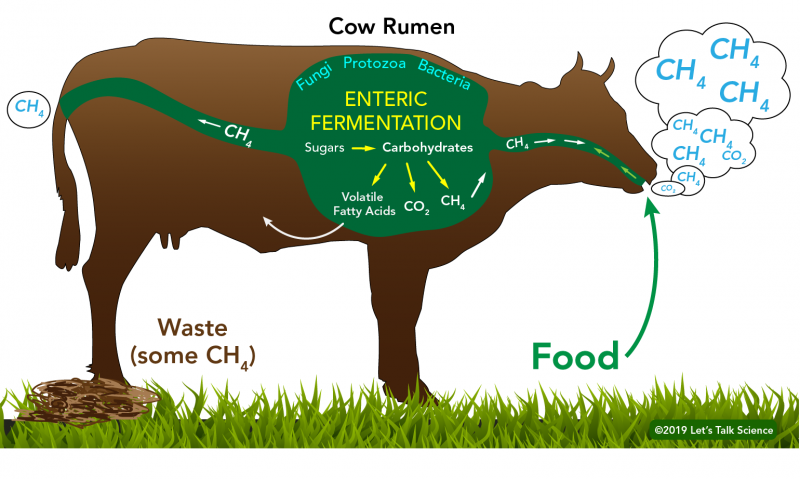Flatulence or farting is actually a fermentation processes which leads to the production of the gas sulfur

Flatulence: The Fermentation Process Behind Farting

Did you know that flatulence, also known as farting, is actually a fermentation process that leads to the production of the gas sulfur? While it may be a topic that elicits giggles and embarrassment, understanding the science behind flatulence can provide valuable insights into our digestive health.
Flatulence is a natural bodily function, and it occurs when excess gas builds up in the digestive system. This gas is a byproduct of the breakdown of food in our gut, primarily in the large intestine. The two main gases found in flatulence are nitrogen and oxygen, which are harmless and odorless. However, it’s the presence of sulfur-containing compounds that gives flatulence its distinct and sometimes unpleasant smell.
The fermentation process responsible for the production of sulfur gas in flatulence is similar to the process that occurs in other fermentation reactions. This process is known as enteric fermentation, and it takes place in the gut when certain types of bacteria break down undigested carbohydrates and fiber. Bacteria in our digestive system produce enzymes that break down these complex substances into simpler forms, which can then be used for energy production.

During the process of enteric fermentation, the breakdown of these carbohydrates and fiber occurs in the absence of oxygen. This anaerobic environment promotes the growth of specific bacteria, such as sulfate-reducing bacteria, which produce hydrogen sulfide, methane, and other sulfur-containing gases. These gases then accumulate and are eventually released as flatulence.
It’s important to note that the production of flatulence varies from person to person. Factors such as diet, gut microbiota composition, and individual differences in digestive enzyme production can influence the amount and odor of flatulence. Foods that are known to result in increased flatulence include high fiber foods, legumes, certain vegetables like broccoli and cabbage, carbonated drinks, and foods high in sulfur, such as eggs and onions.
While flatulence is a natural and necessary process, excessive or persistent flatulence can be a sign of an underlying digestive issue. Conditions such as irritable bowel syndrome (IBS), lactose intolerance, celiac disease, and gastroenteritis can lead to increased flatulence. If you experience persistent or severe flatulence accompanied by other gastrointestinal symptoms, it is advisable to consult a healthcare professional for proper evaluation and diagnosis.
In conclusion, flatulence is a normal part of the digestive process and is primarily caused by the fermentation of carbohydrates and fiber in the large intestine. The production of sulfur-containing gases during enteric fermentation gives flatulence its distinctive odor. While it can be embarrassing, understanding the science behind flatulence can help us maintain our digestive health and identify potential underlying issues. So, next time you feel the urge to let one loose, remember that it’s simply a natural process in motion.
Tags
Share
Related Posts
Quick Links
Legal Stuff

